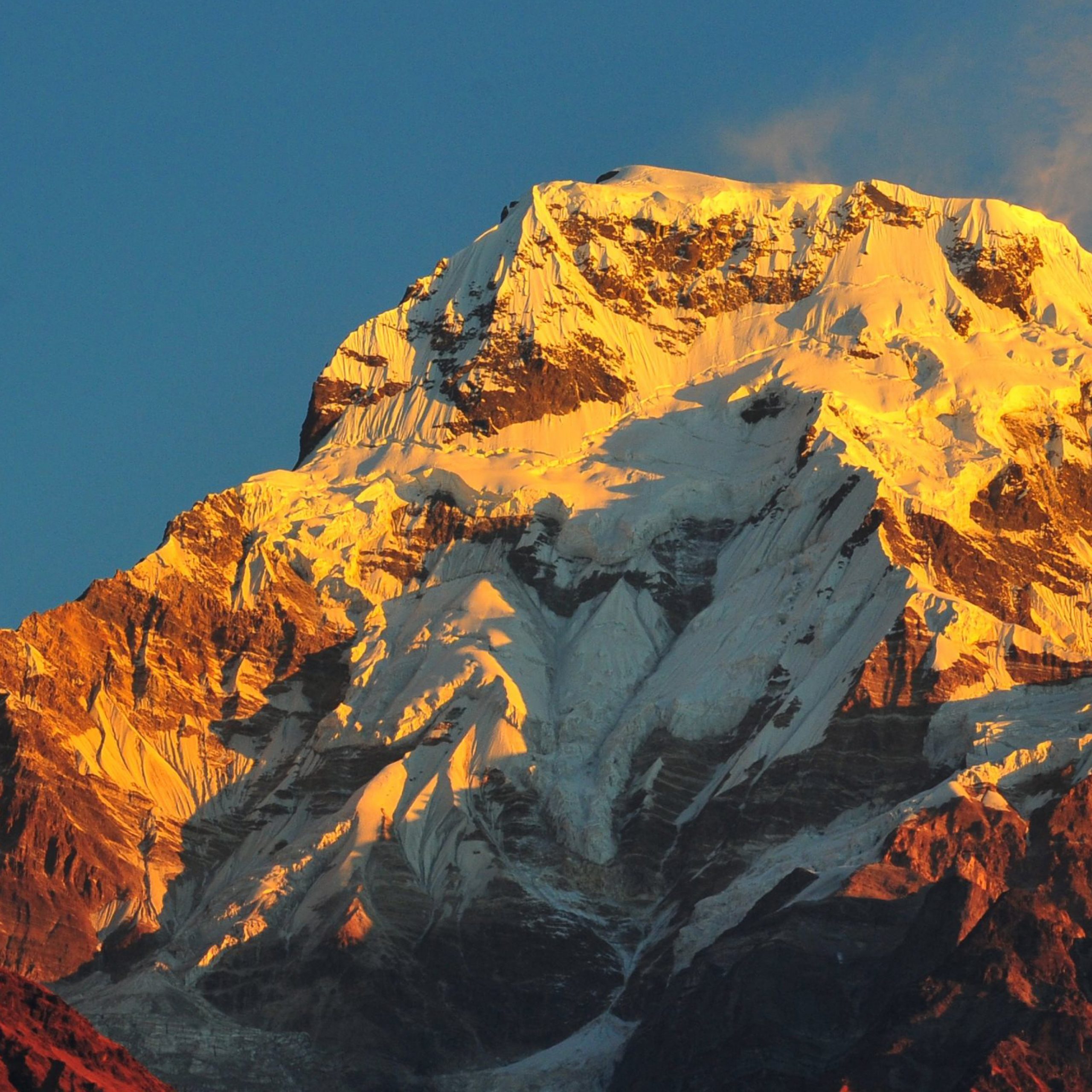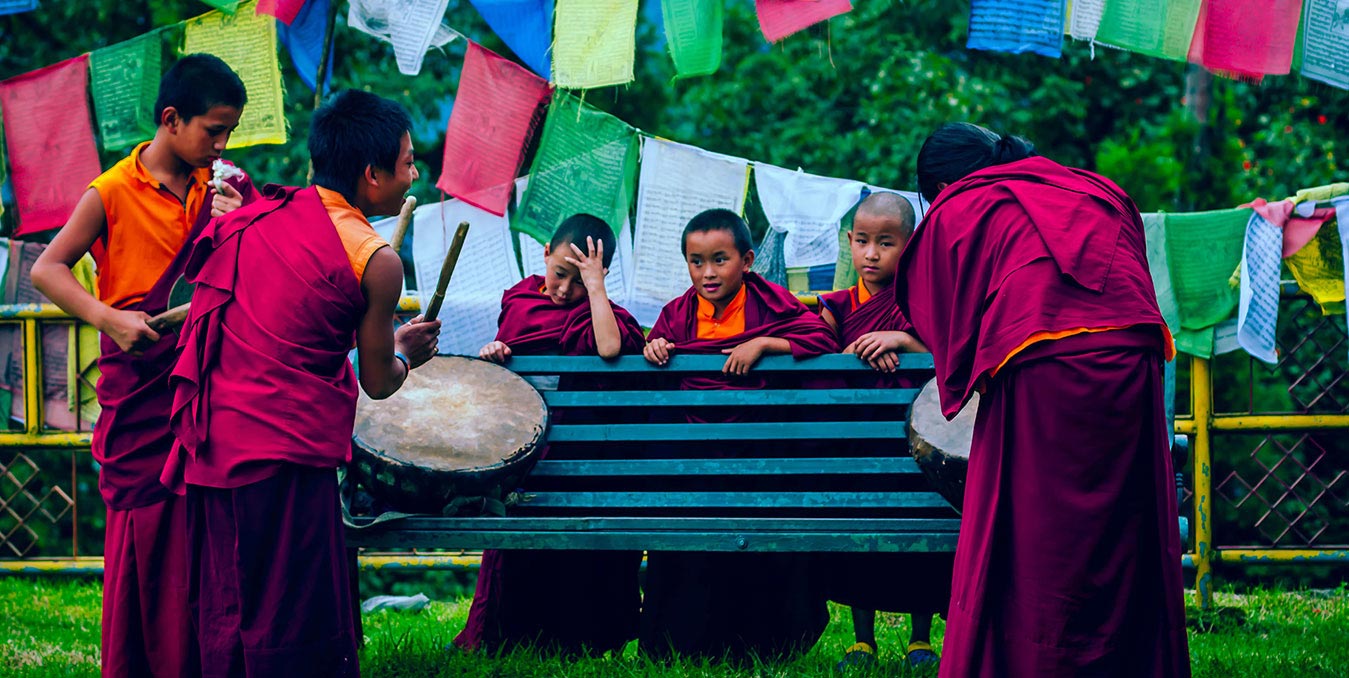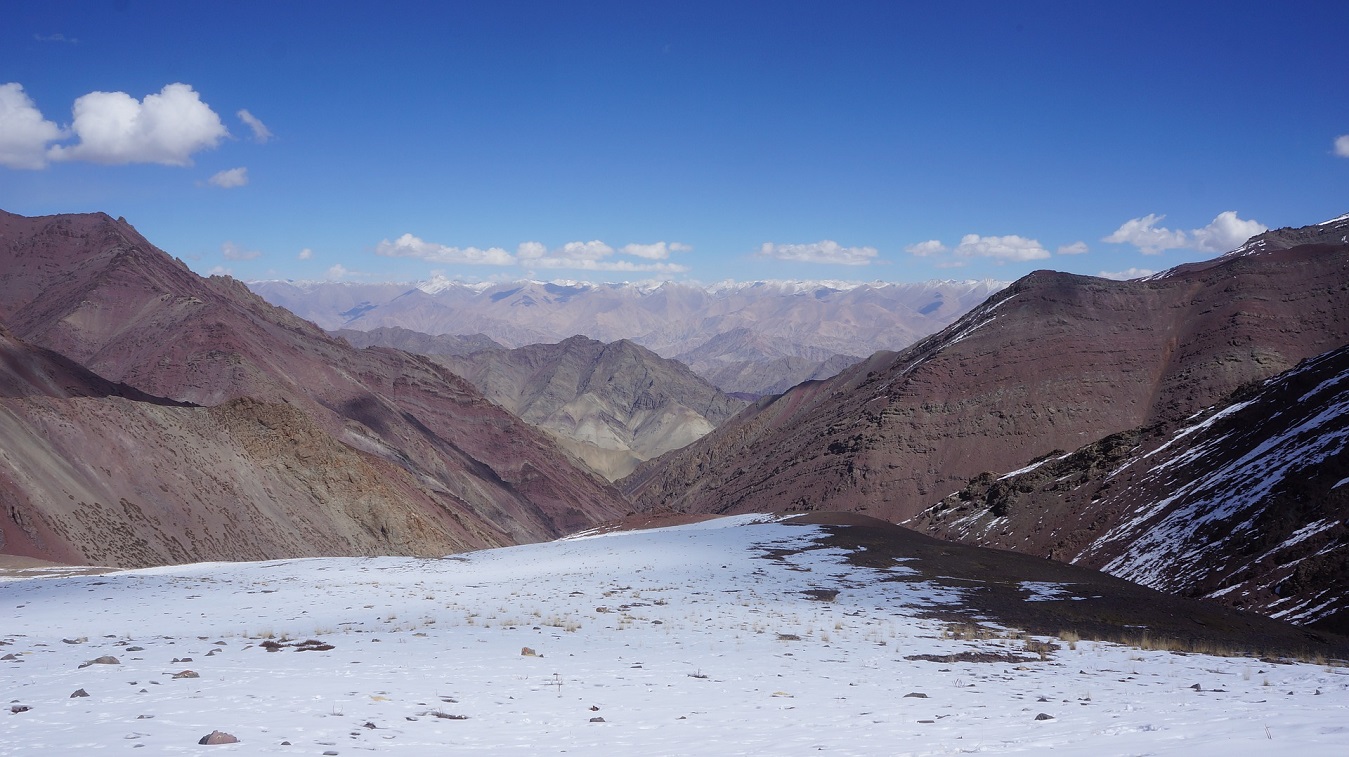THE COUNTRY OF MASALA, MYTHS, AND COLOR
India, it is often said, is not a country but a continent. From north to south and east to west, the languages are different, the customs are different and the country is different. There are few countries on earth with the enormous variety that India has to offer. It’s a place that somehow gets into your blood. Love it or hate it, you cannot ignore India.
The plains are as flat and featureless, as the Himalayas are high and spectacular.
The food is magnificent and transports are a mixture of exhilaration, boredom and are uncomfortable most of the times.
Nothing is ever quite the way you expect it to be. India is far from the easiest country in the world to travel around. It can be hard going because the poverty will get you down. Indian bureaucracy would try the patience of a saint and the most experienced travelers find their tempers frayed at some point in India.
Yet it’s all worth it.
Very briefly, India is roughly a triangle with the top formed by the mighty Himalayan mountain chains. Here you will find the intriguing Tibetan influenced region of Ladakh and the astonishingly beautiful mountainous areas of Himachal Pradesh, the Garhwal of Uttar Pradesh and the Darjeeling and Sikkim regions. South of this is the flat Ganges plain, crossing east from the colorful and comparatively affluent Punjab in the north-west, past the capital city Delhi and important tourist attractions like Agra (with the Taj Mahal), Khajuraho, Varanasi and the holy Ganges to the northern end of the Bay of Bengal, where you find teeming Calcutta, a city which seems to sum up all of India’s enormous problems. South of this is the northern plains of Deccan plateaus.
Here you will find cities that mirror the rise and fall of the Hindu and Muslim Kingdoms and the modern metropolis that their successors, the British, built at Mumbai (formally known as Bombay).
Indian culture is different and they are always competing with each other and this is never clearer than in places like Bijyapur, Mandu, Gokconda and other central Indian centers.
Finally, there is the steamy south, where Muslim influence is fleeting. It’s here that Hinduism was the least altered by outside influences and is at its most exuberant. The superbly colorful temple towns of the south are quite unlike to those of the north.
Basically, India is what you make of it and what you want it to be. If you want to see temples, there are temples in profusion in enough styles and denominations to confuse anybody.
If its history you want, there are full of it -the forts, abandoned cities, ruins battlefields and monuments all have their tales to tell.
If you simply want to lie on the beaches, there are enough to satisfy the most avid sun worshipper. If walking and the open air is your thing then head for the trek routes of the Himalayas, some of which are as wild and deserted as you could ask for. If you simply want to find the real India, you’ll come face to face with it every day – trips on Indian trains and buses may not always be fun, but they certainly are an experience. India is not a place you simply and clinically ‘see’; it’s a total experience, an assault on the senses, a place you’ll never forget.
REFERENCE: THE LONELY PLANET
Offered TOURS to India and Nepal
- NEPAL-INDIA AND TIBET OVERLAND TOUR – 19 DAYS
- GLIMPSES OF NEPAL AND INDIA – 12 DAYS
- PUSHKAR CAMEL FAIR TOUR IN INDIA- 13 DAYS
- TAJ MAHAL AND MOUNT EVEREST TOUR – 8 DAY
- RAJASTHAN FORTS AND PALACES TOUR
- DELHI TO BEIJING OVERLAND TOUR – 23 DAYS
- GOLDEN TRIANGLE – INDIA- 6 DAYS
- ROYAL RAJASTHAN TOUR – 11 DAYS
- CAMEL FAIR- TAJ MAHAL -RAJASTHAN TOUR-10 DAYS
- HOLI “ THE FESTIVAL OF COLORS” INDIA TOUR
- DIWALI “ THE FESTIVAL OF LIGHTS”INDIA TOUR
































